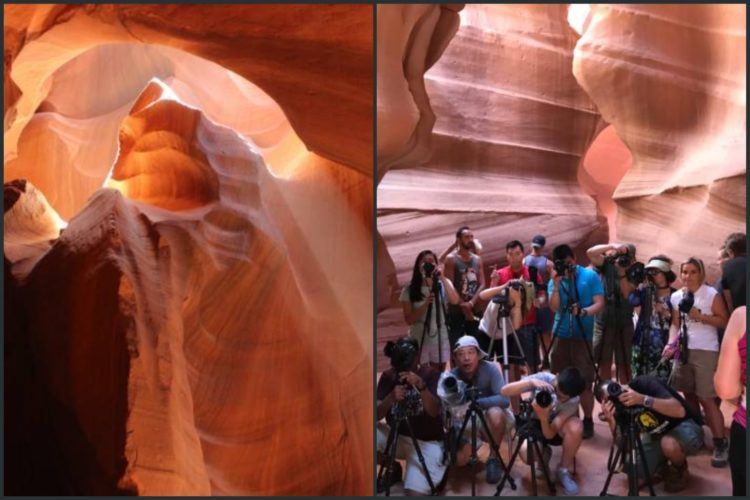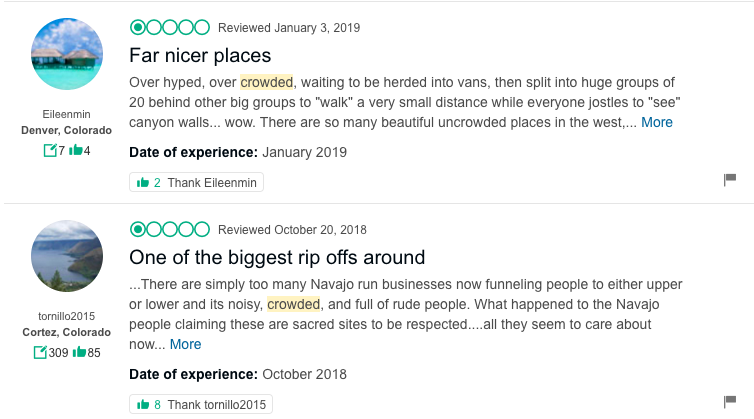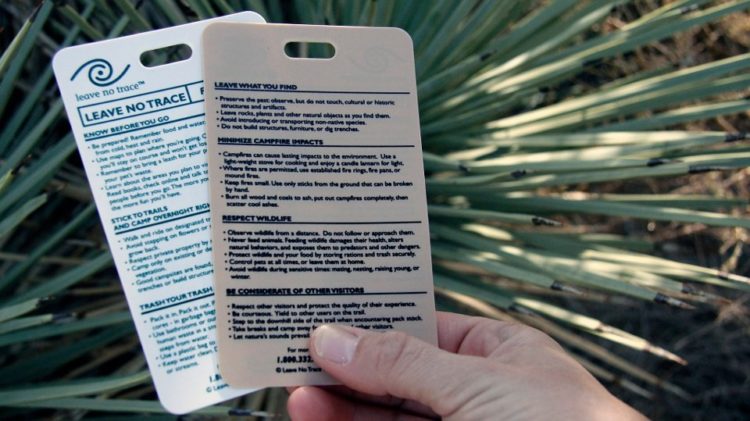Tourism has plenty of positive effects for a destination—income for local businesses, tax revenue for the city, job growth for the hospitality sector, and so much more.
But what happens when you have too much of a good thing?
For most DMOs, an influx of tourists probably sounds like a blessing. But for certain places, hordes of visitors leads to overtourism — which it can spell disaster for a destination.
Overtourism happens when too many visitors show up at the same place at the same time. Think overwhelming crowds at Machu Picchu or jam-packed streets in Cinque Terre. In these cases, the scales begin to tip, and tourism can become more destructive than beneficial.
Overtourism isn’t a new issue, but it’s been making headlines lately as the number of global travelers continues to surge. The United Nations World Tourism Organization predicts that international tourism will increase to 1.4 billion people by 2020—making the problem more urgent than ever.
As destination marketers, our actions have a direct impact on tourism. And while we all love to see those numbers grow, we also have a duty to responsibly market our destination. That means working to promote and protect your destination.
Here’s why destination marketers should care about overtourism—and what to do about it.
Why does overtourism matter for DMOs?
DMOs exist to bring visitors to their destination. They work hard to increase their visitor count year after year. But what happens when this goal comes into conflict with the long-term viability of your destination?
This question is becoming a reality for destinations around the globe. World-famous destinations, particularly historical or natural wonders, are particularly prone to overtourism, since it can be difficult to add space or infrastructure to these sites. But as Instagrammer compete to discover the next hidden gem (complete with geo-tagged photos), overtourism can happen anywhere.
Here’s why overtourism should be on your DMO’s radar:
- It causes a negative experience for visitors.
Arizona’s Antelope Canyon, known for its breathtaking sandstone scenery, has become an Instagram sensation. As photos of the canyon flooded social media, visitors began flooding the canyon itself.

The result is less-than-picture perfect. While it might sound like a dream for any DMO, the skyrocketing number of guest has begun to impact visitors’ experience: negative reviews have popped up on travel sites, along with blogs and social media posts from influencers lamenting the crowds.

Similar stories are playing out at popular sites around the world. The lines, congestion, and diminished resources caused by overtourism can degrade the guest experience—and what they say about your destination once they leave.
- It harms (and potentially destroys) popular attractions.
An onslaught of tourists are destroying Peru’s Rainbow Mountain. Thailand’s famous Maya Bay is closed indefinitely to let the ecosystem recover after record visitors. And historic sites in Italy are literally crumbling under the weight of overtourism.
Overtourism does more than affect the destination experience—it can jeopardize the destination’s entire future. It’s a bit like killing the goose that lays the golden egg. If DMOs don’t manage tourism numbers at their most popular (and profitable) destinations, they might lose them entirely.
- It can turn locals against tourism.
When tourist sites get overrun, the first people impacted are usually the ones who live there. Locals are a crucial audience for DMOs to connect with, and losing their goodwill can spell disaster for your destination’s success.
Consider Barcelona. One of the most-visited locations in the world, the Spanish city is experiencing considerable backlash against the hordes that crowd its streets each summer. The anti-tourism sentiment has culminated in angry graffiti and even angrier protests. The locals are upset, the tourists feel unwelcome, and everybody’s unhappy (especially their DMO).
How can DMOs help protect their destinations?
As the issue of overtourism reaches a boiling point, some destinations have taken drastic measures. In Italy, officials implemented annual visitor limits to Cinque Terre after the community became overwhelmed by day-trippers and cruise ships.
The idea is probably enough to strike fear into the heart of most destination marketers. Luckily, it’s possible to mitigate the negative impact of overtourism—without reducing your number of visitors. Here are some ways to promote sustainable travel and market your destination responsibly:
- Spread out visitation.
Overtourism is most likely to occur during peak seasons, and your most popular attractions will probably bear the brunt of the impact. Funneling some of your budget into promoting lesser known sites and times can help spread out your tourism and soften the blow of busy season.
In Australia, peak tourist season generally falls from December through February. But their website offers a wealth of content for activities and events all year long, including details seasonal guides to help hype up the off season.

Think about creating content that hypes up lesser-known part of your destination: build itineraries that focus on off-the-beaten-track attractions, create videos that showcases your hidden gems or host exciting events during the offseason. This can help spread out visitation to reduce the potential for overcrowding and the amount of stress on your destination during peak season.
- Prioritize sustainable partnerships
Your greatest asset in the fight against overtourism? Your partnerships. More specifically, your eco-friendly partners. That’s because you have the same goal—preserving and protecting your destination.
Start by identifying your eco-minded partners. Think LEED-certified hotels, eco-tours, parks and outdoor spaces, sustainable transportation providers, and more.
Then, make it easy for visitors to find these partners. Promote them on your website and in your content. Make a landing page that lists eco-friendly attractions, lodging, and restaurants. Don’t have any green partners? Make an effort to get out there and connect with sustainable organizations that are just as committed to protecting your destination.
- Encourage visitors to travel responsibility.
Each and every tourist can have an effect on your destination. The problem is, they might not know it. Doing your part to educate them can help ensure their behavior is more responsible—or at the very least, less destructive—to your locals and landscapes.
The National Parks System does a fantastic job of this with their Leave No Trace campaign. They established science-backed recommendations for park visitors, then promoted these principles through website content, video, merchandise, physical collateral, events, brand partnerships, and much more.

So far, the effort has been a success. In a survey of park managers, 72.8% said Leave No Trace is somewhat to extremely effective in reducing recreation-related impact.
Your DMO can follow their lead. Create content that educates visitors about your destination and suggested things to do (and not do) while they’re there. If you’re just getting started creating content, a know-before-you-go guide is a solid foundation.
- Focus on getting the most out of each visitor.
When it comes to combating overtourism, try focusing on quality over quantity. That means finding ways to get more value from each and every visitor — instead of just trying to pump up your visitor numbers.
Take a look at your current visitor base. How long do they stay? What do they do when they’re there? If your location is a day-trip mecca, try marketing it as a weekend getaway. Partnering with local (sustainable) hotels to see if you can run any special promotions. Or see if you can package various attractions together to encourage visitors to visit multiple sights and see more of your destination.
The bottom line
Overtourism isn’t just an issue for mega-destinations. In the social media age, even lesser known spots can feel the impact. It’s up to DMOs to market their destinations responsibly in order to minimize the negative effects (and maximize the benefits) of tourism.
That means DMOs need to take ownership of their destination and prioritize its long-term health. By encouraging responsible travel, focusing on sustainable partnerships, and maximizing the quality of visits, you can help protect the success of your organization — and the future of your destination.













